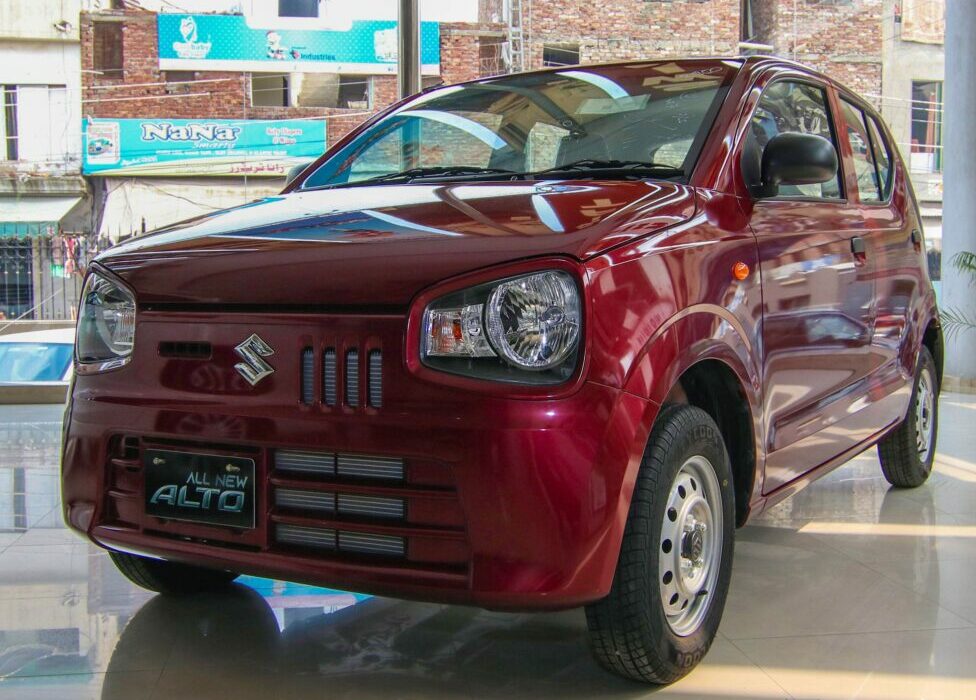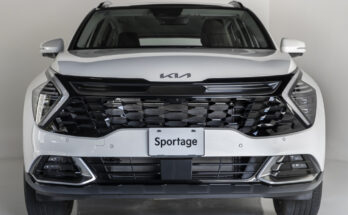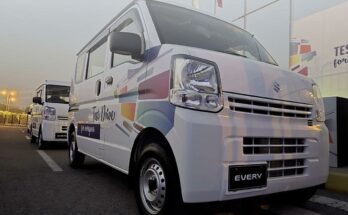The auto sector (including 2-wheelers to up to 4-wheelers) is considered a critical gauge of the economy, however, given the recent sales trends, it is not difficult to deduce the divide between income groups is increasing, resulting in decreased affordability. In simple words, the rich are getting richer, while the poor becoming poorer.
The middle-income group is gradually slipping down into the low-income group. Plus there is over a 1 million-rupee gap for a middle-income group person to graduate from an acceptable brand motorcycle such as Honda CD70 to a safer four-wheeler of an acceptable brand like Suzuki Alto.
Related: Rising Difference in Motorcycle & Car Prices & the Need to Fill the Gap
If the population of Pakistan is examined, expectations must be that there should be a lot of options in the low-priced cars segment such as hatchbacks and entry-level or B-segment sedans, however recent trend in the local auto industry shows a very different picture. More than a dozen different crossover and SUVs have been launched during the last couple of years, which are mostly priced well above Rs 4.5 million. The SUV segment now has the highest number of cars.
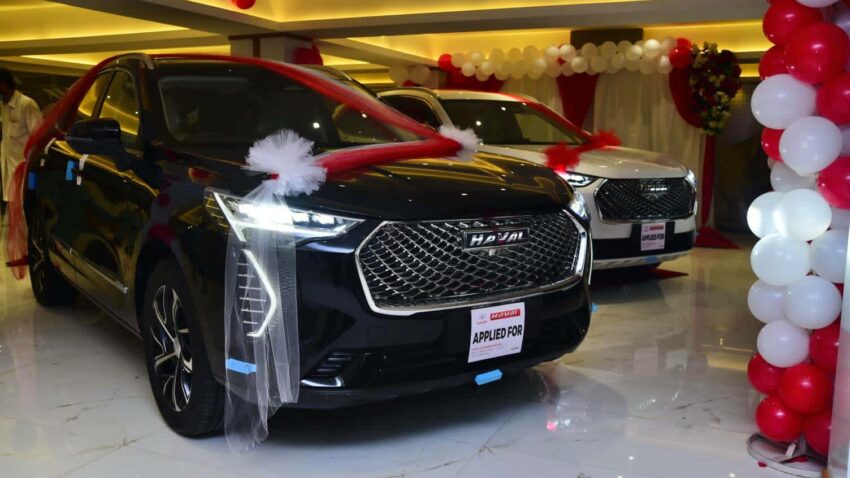
Kia Sportage & Sorento, MG HS and ZS, DFSK Glory 580 & 580 Pro, Proton X70, Toyota Corolla Cross, Suzuki Vitara, Haval H6 & Jolion, BAIC BJ40 Plus are some of the names already making their presence in the market whereas more are in the pipeline including recently unveiled Chery Tiggo 4 Pro and Tiggo 8 Pro, Peugeot 2008 followed by 3008 and 5008, DFSK Glory 500, GAC GS3, Proton X50 and Changan Oshan X7 Plus are the ones expected to go on sale in 2022.
Related: Remembering Cars from the Previous Decade
Industry players attribute this phenomenon in Pakistan’s auto industry to the global trend of rising SUV demand, dilapidated or no road infrastructure in the country, and also an increase in inter-city traveling after the emergence of the Covid-19 pandemic. But the fact of the matter is that the profit margin in the SUV segment was much higher compared to hatchbacks and B-segment sedans. On the other hand, people of the lower income group, without proper transport infrastructure, are forced to buy motorcycles and opt for an unsafe mode of transportation.
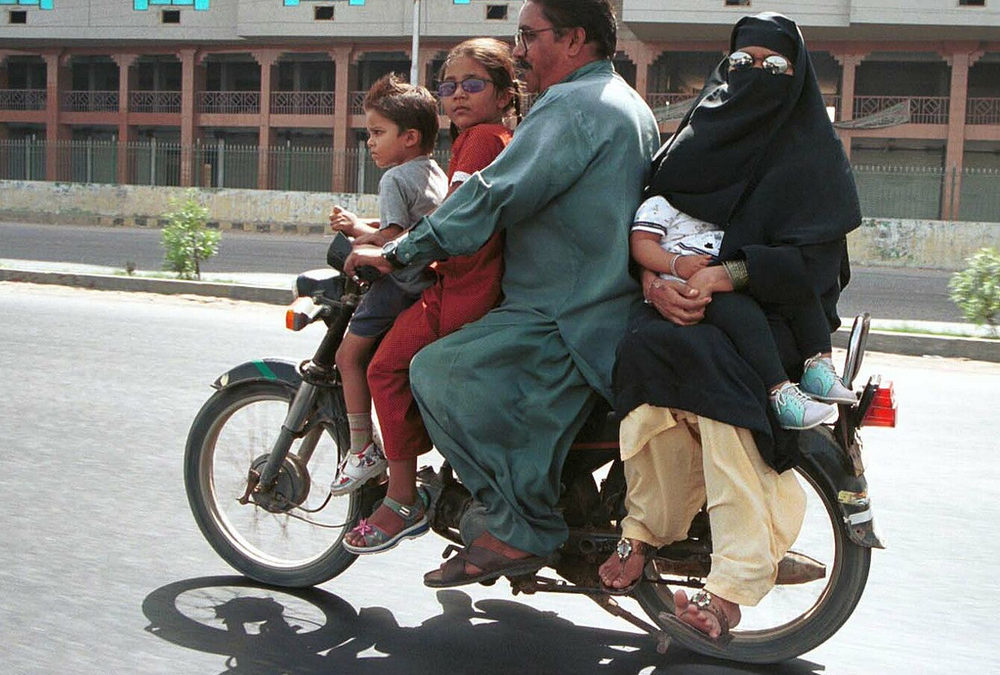
Surprisingly, however, sales of low-priced (Chinese) motorcycles have been declining in recent months but those of locally assembled foreign bikes rising, despite soaring food inflation and utility bills. Prices of locally assembled Japanese and Chinese bikes have been raised multiple times this year, but it is the low-priced bikes that have taken a hit as sales of costly bikes have remained mostly unaffected.
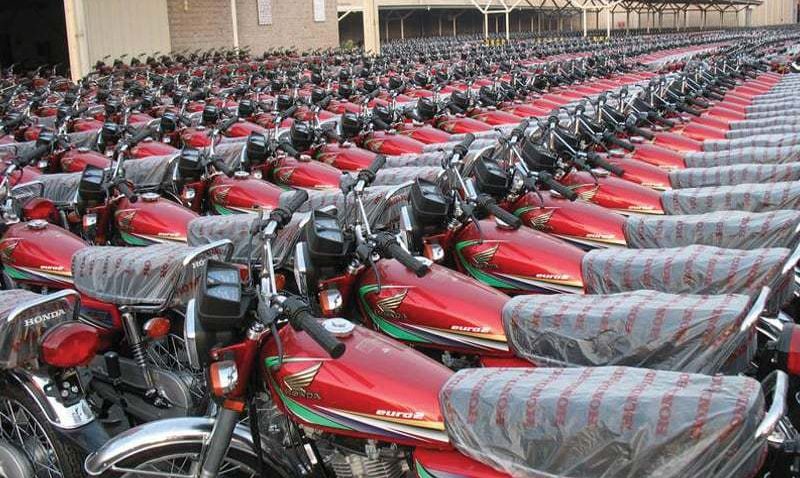
Atlas Honda Limited (AHL) has been able to beat its own sales record while many assemblers of Chinese bikes have been struggling hard to regain lost ground. AHL recorded the highest monthly sales of 128,503 units in November, surpassing its own record of 125,031 units sold in October. In the July-November period, the AHL sales rose to 563,575 units as compared to 512,010 in the same period last year. Whereas sales of locally assembled Japanese bikes Suzuki and Yamaha rose to 14,915 and 9,962 units from 8,719 and 8,733 units last year, thus recording an increase of 71% and 14% respectively.
Related: How Not to Launch New Cars in Pakistan
The sales of Chinese bike assemblers Road Prince and United plunged by 23% and 20% to 52,289 and 136,812 units respectively. The sales of Ravi bikes were 53% lower with 1,810 units as compared to 3,879 units in the previous year. According to analysts, buyers in urban areas, whose income has shrunk and are getting low salaries, have stayed away from purchasing even low-priced Chinese bikes due to affordability issues.
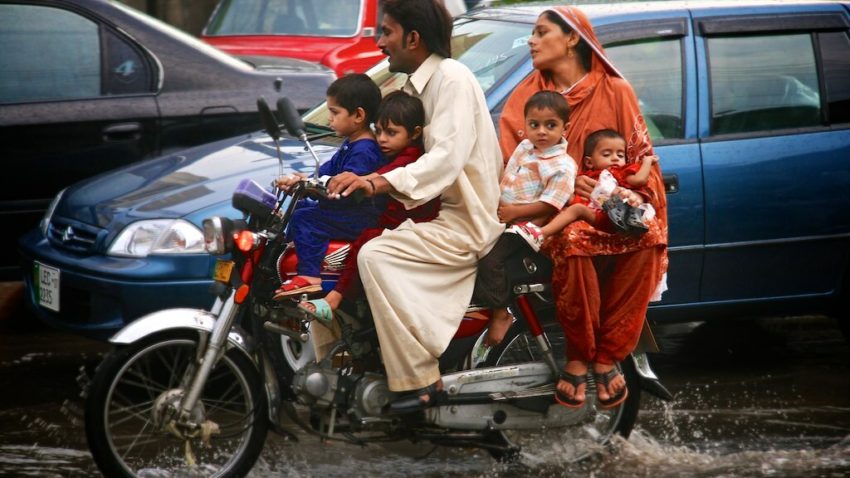
According to Mohammad Sabir Sheikh, a motorcycle dealer with an outlet on Karachi’s famous Akbar Road market, soaring food prices and utility bills had hit low-income and middle-class buyers hard, whose first choice used to be locally assembled Chinese bikes owing to their low prices. For the last few months, however, such buyers had slowed down on buying 2-wheelers.
Related: The Costly Auto Industry of Pakistan- Destination Unknown (Part 1)
A Chinese motorcycle which used to cost around Rs 40,000 a couple of years ago no cost almost Rs 70,000. The price of Honda 70cc also rose to Rs 96,000 during the same time. The industry players blame rupee depreciation, higher raw materials, and shipping costs for price hikes despite the fact that motorcycle makers claim to have achieved maximum localization in the auto sector.
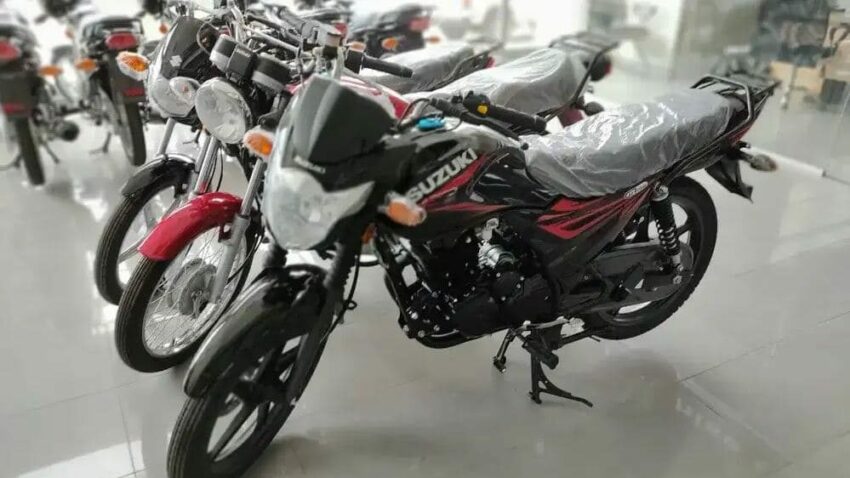
Chinese motorcycles used to command the two-wheel market with 60% of the market share, but now it is down to just 35%. Buyers with good purchase power are opting for known Japanese brands such as Honda, Yamaha, and Suzuki or other imported brands with bigger engine capacity for inter-city traveling & tours, thus the sales of expensive bikes are increasing.
Related: The Costly Auto Industry of Pakistan- Destination Unknown (Part 2)
The sales trend in both cases, be it 2-wheelers or 4-wheelers clearly shows that those with strong purchase power can enjoy the luxury of owning a high-priced car/ bike despite rising prices however in the case of low-price segments, both 2-wheel and 4-wheel makers are suffering badly since buyers are unable to go for new options due to limited income and rising cost of living.
Article sources: Dawn, The News

A computer animation professional with over 23 years of industry experience having served in leading organizations, TV channels & production facilities in Pakistan. An avid car enthusiast and petrolhead with an affection to deliver quality content to help shape opinions. Formerly written for PakWheels as well as major publications including Dawn. Founder of CarSpiritPK.com

